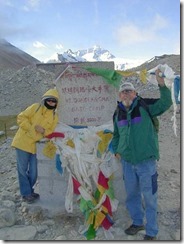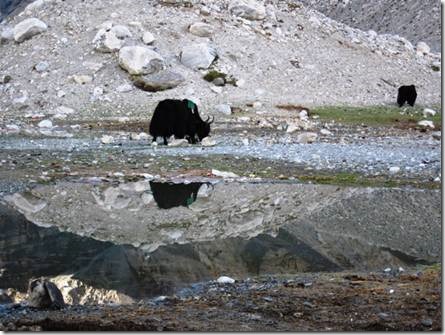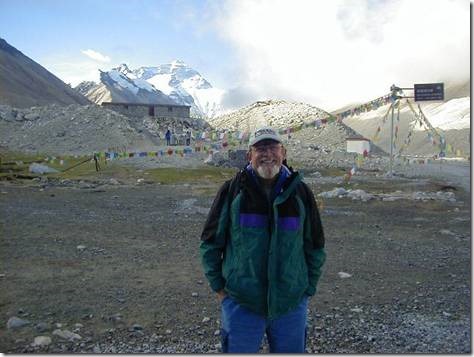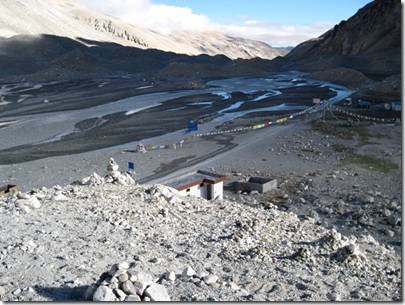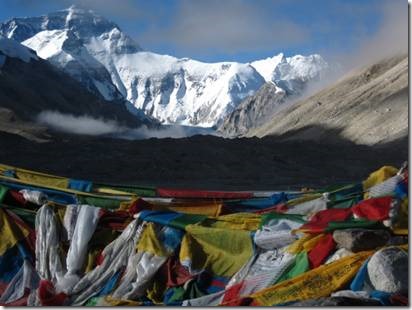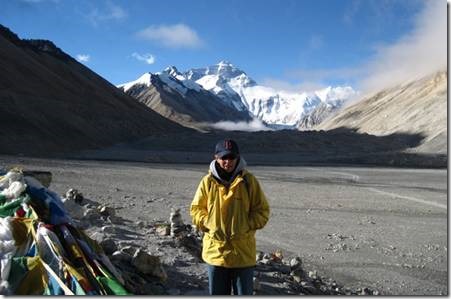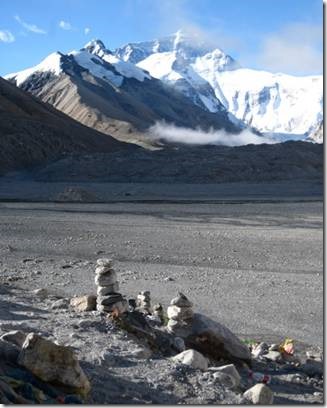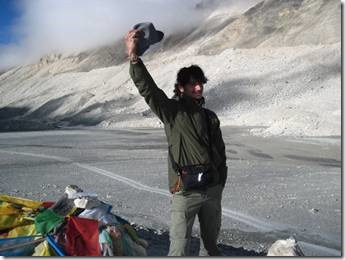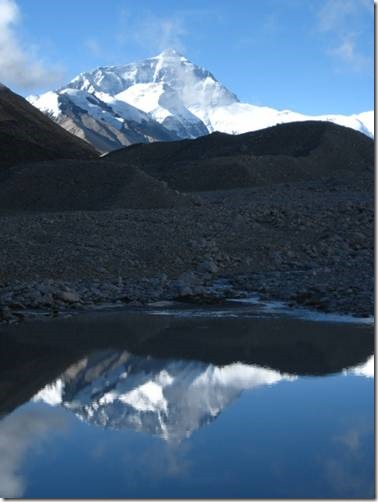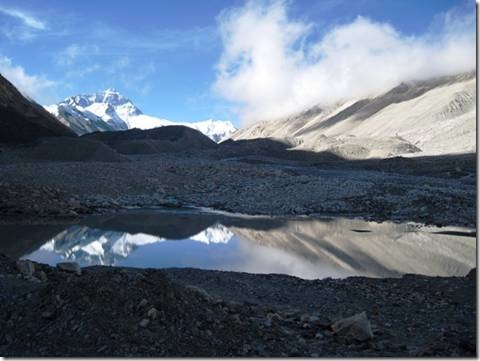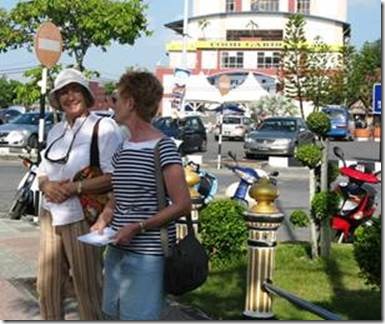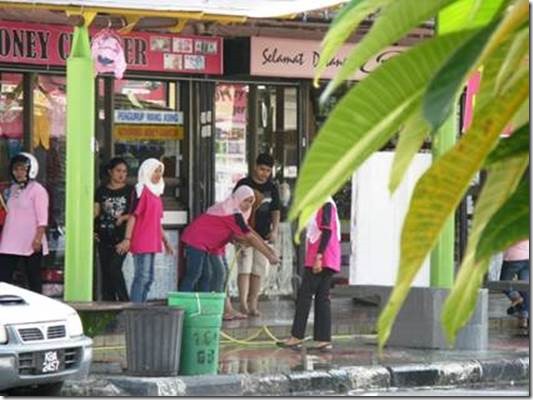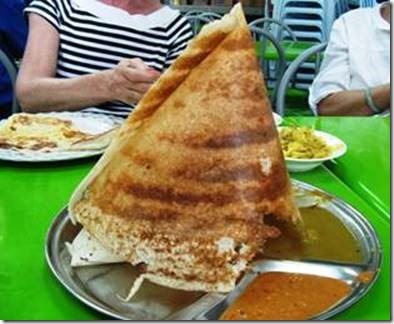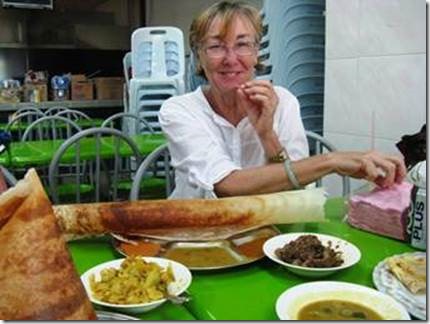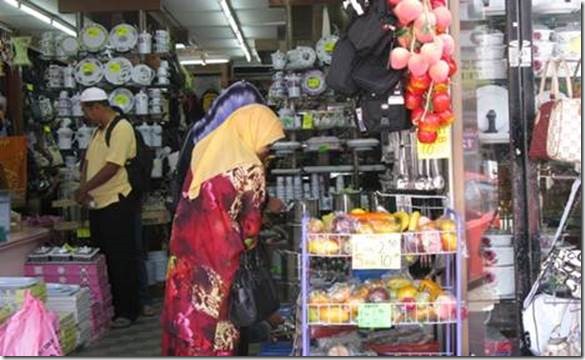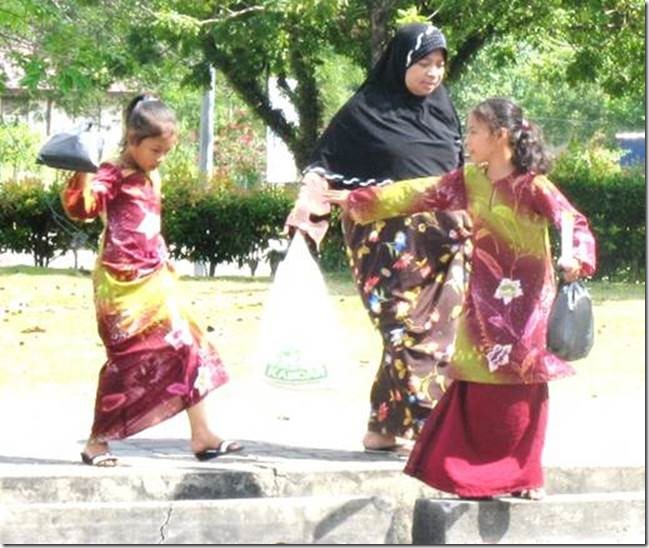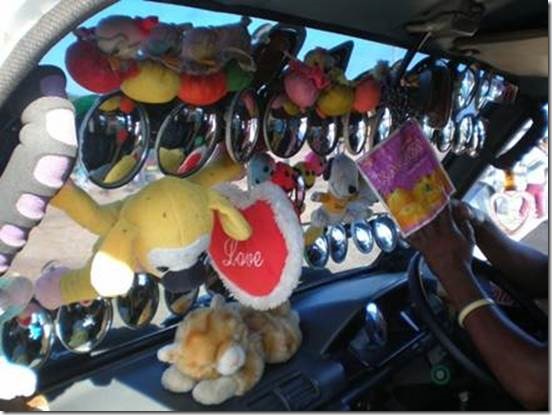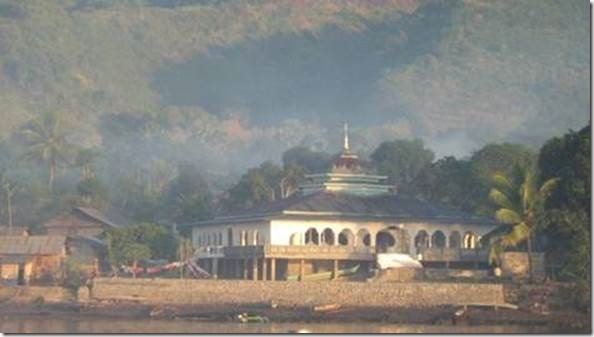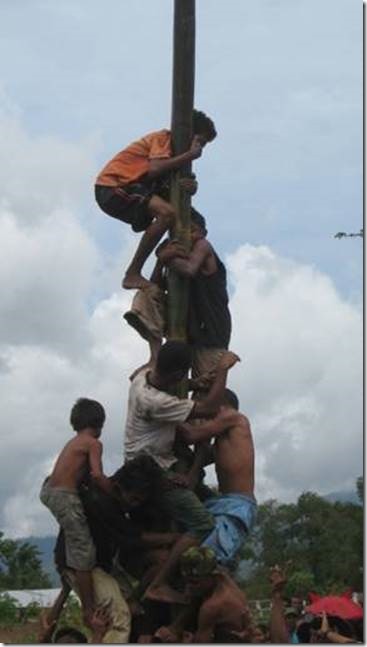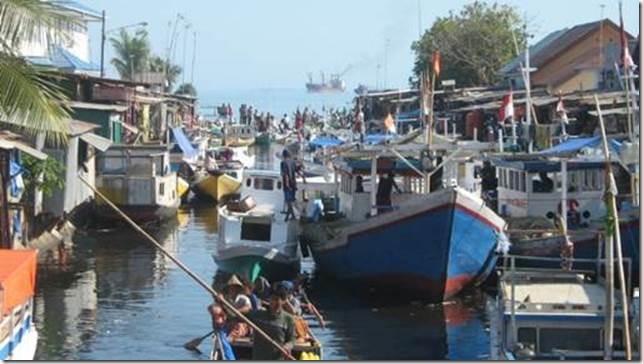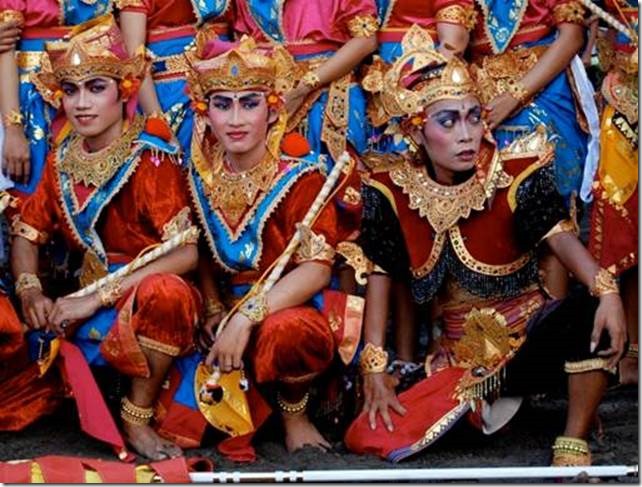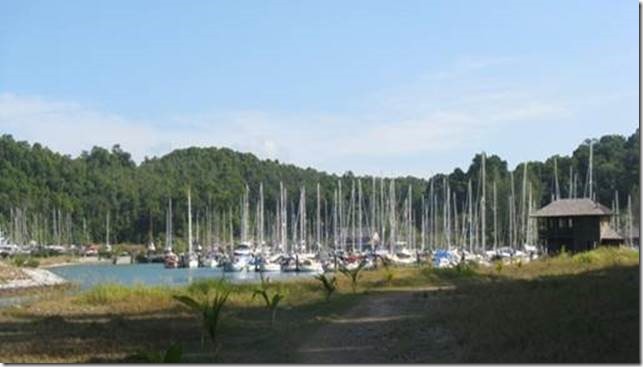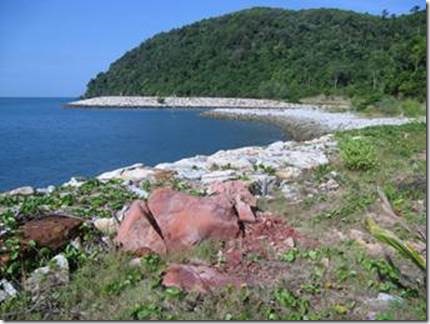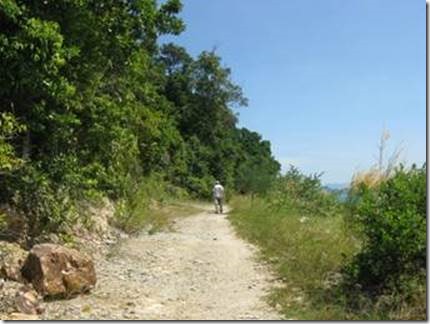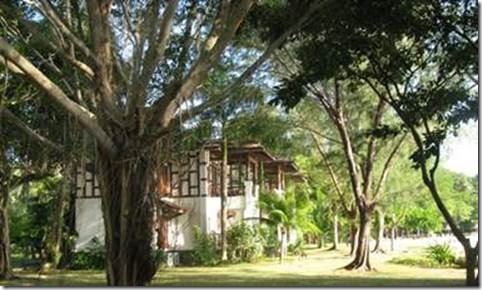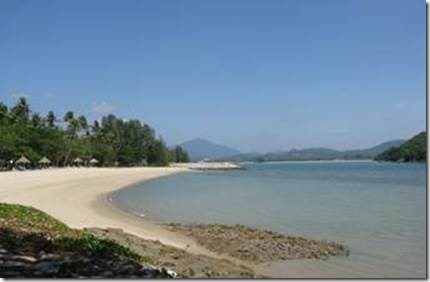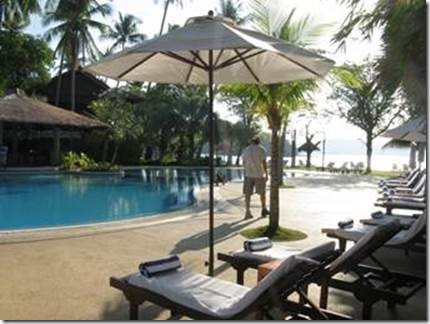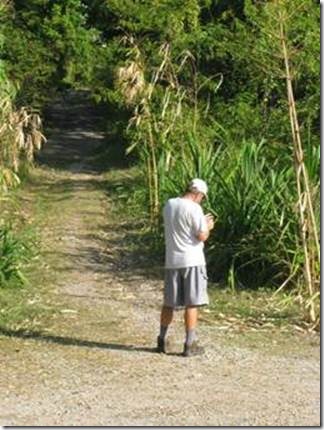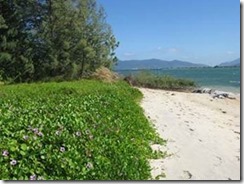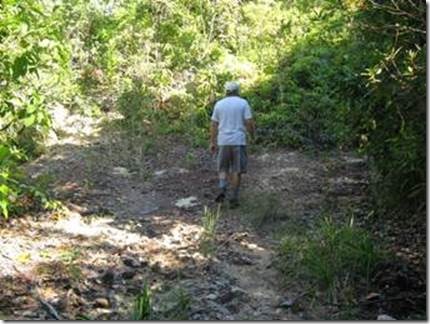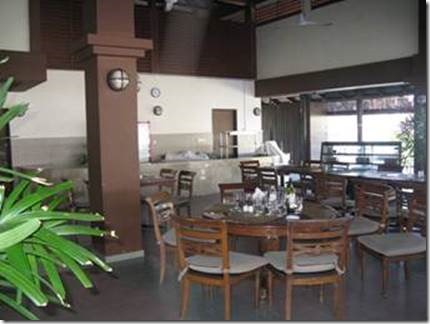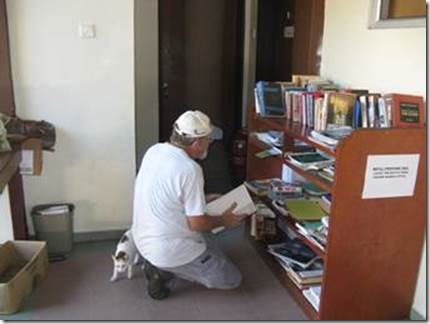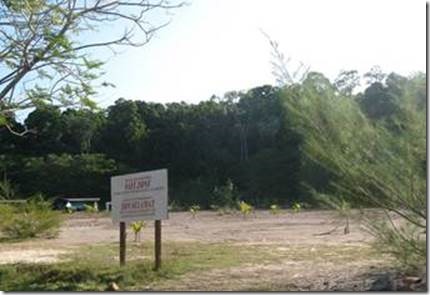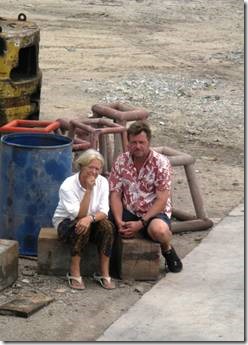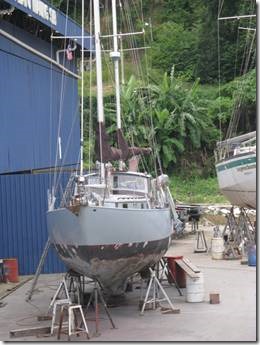Roanoke, VA USA
Brrrrrr!!!!!
Today it’s a sunny 70 degrees in Marmaris, Turkey. Roanoke, VA’s late afternoon temperature is about 45 and gloomy . It was colder yesterday and it will be much colder Tuesday. Thankfully after last year’s winter in London, I’m not so incapacitated by cold weather. I just bundle up and go for my daily 2.5 mile walk. My blood seems to have thickened back from its years in the Tropics. Actually I thought London’s weather last winter not as cold as I’d expected, but Marmaris, Turkey the year before, colder than expected.
Last weekend the weather cooperated perfectly! My sister and I drove to Philadelphia to visit my nephew Andrew, meet up with “growing-up” pal Harriet G, and Monday go into Manhattan to visit our cousin Naomi (and Andrew teach a class at Parsons.) We had a wonderful visit. While in Philly I took some photos of places that will be fun to visit when we have more time.
My nephew teaches design classes at U Arts, U Penn, and Parsons. He also has his own studio where he creates products on a knitting machine. We visited his studio on Sunday.
Ru
|
Herman Street Studios 20 “Built in 1928, Herman street artists’ studios offer an authentic appeal to some of the most innovative, creative artisans in the Philadelphia area. Extraordinarily appealing is the location in historic Germantown. Iconic historical buildings lead the way to Herman Street Studios invoking creative inspiration and a sense of community.” http://hermanststudios.com/ |
|
Herman Street Studios foyer mural “Found Window” While renovating the entry foyer from it’s ’60s office style to it’s original look of wood wainscoting John and Michael Fiorella found an original window in this 1928 mill building. The entry had a large glass mullioned window with a small office cash or transaction window but had been completely covered with drywall on the foyer side and plywood on the inside. Hoping to save the original window which had glass damaged, the Fiorella brothers asked Elena Bouvier, an artist and photographer at Herman St. Studios to think about the project. What she came up will thrill you!” |
|
Art is in the eye of the beholder; I love buildings like this. So artsy! |
|
Below are some of Andrew’s designs Knitted yarns dipped in ceramic and fired at the Clay Studio “I want to show people that knitting is not just about a scarf or a sweater,” says Dahlgren, who also has a bachelor’s degree in Industrial Design from North Carolina State University and is a senior lecturer in the Industrial Design program at UArts. “Using knitting techniques in a design makes it more sustainable. You can use those techniques in architecture to build structures. My goal is to get knitting techniques widely used, because of their sustainability and flexibility.” http://www.uarts.edu/alumni/andrew-dahlgren-mid-07-industrial-design A close up lets you see the knitted material more easily “People are doing high-tech knitting, where they will knit with a material to make tubes, and heat-treat it to make it a rigid structure,” said Dahlgren. “If you can imagine a shape that has multiple connectors, that has a combination of rigid and flexible, that can be done with knitting.” http://www.newsworks.org/index.php/local/the-latest/43214-21pcknit |
|
Andrew worked with artist Jenny Sabin Jenny Sabin: Knit Lab, After Chreods from Temple Contemporary Plus http://vimeo.com/90722183 shows the installed work at Temple University in Philadelphia This short video documents the completion of Jenny Sabin’s new work after Chreods. Sabin is an architect, laboratory researcher, and educator. Since September she has collaborated with Andrew Dahlgren, founder of Knit Lab, and numerous Tyler students, at Temple Contemporary to create a generative, parametric, knit installation. |
|
Andrew’s Germantown Studio One of the knitting machines |
|
Samples of designs created on the knitting machine |
|
Knitted ceramic-lamps in Andrew’s house. I want some! |
|
Andrew’s housemate Kathryn was working this 1000 piece Ravensburger puzzle and just about completed the entire puzzle in two days. I liked all of the twisted book titles such as The Climb of Miss Jean Brodie; Lady Chatterley’s Ladder; The Lord of the Rungs. “It was quite a hard and challenging puzzle but entertaining. There were no boring bits and it kept my attention from beginning to end. “ http://ravensburgerpuzzleclub.blogspot.com/2013/09/bizarre-bookshop-2.html |
|
From Andrew’s studio we drove into Center City to Café Ole where we’d meet our pal Harriet G for lunch. |
|
Another “camera-face” photo. Har and Andrew were clearing up a table for us. We were lucky to get ; Café Ole was full up when we arrived. Famous for its Israeli style dished including Israeli salad, Israeli pickle and shakshuka. |
|
Harriet G with her new “Andrew scarf.” Harriet grew up around the corner from us so we’ve known each other since we were 5! I liked the sunlight in her hair. Har just retired and moved to Philly to be near her daughter and 2 granddaughters. (Like me, part of her soul will always be in New England.) |
|
Getting ready for the “formal photo.” Ru, Har G, and Har D : Very colorful group! We have one very similar from grade school but we’re all holding pretend guns! Saturday morning cowboy shows were a big influence back then. (For Bruce back in New Bedford…Happy November Birthday. And the Pats are doing well!!!) |
|
Fireman’s Hall Museum was just down the street from the café. “This museum was designed to be a showcase for Bicentennial visitors to partake of the rich firefighting history that occurred in Philadelphia, the birthplace of the first organized volunteer fire company in Colonial America, established in 1736 by Benjamin Franklin. “ I’d rather ride a bicycle…..or walk. |
|
United By Blue catty-corner from the museum. I liked the blueness of the place and assumed it was named for the blue paint that united the parts of the building. But it’s not for that. Read about its name and mission: “We have always been passionate about the ocean and the waterways that lead us there. United By Blue was founded in 2010, driven by the idea of associating the sale of each product with a concrete environmental action. For every product sold, UBB removes one pound of trash from oceans and waterways through company organized and hosted cleanups. In September of 2013, we opened our flagship store and coffeehouse in Old City, Philadelphia at 144 N. 2nd Street in an early 1900s building. Using repurposed materials, we created a space that mixes our complete line of apparel and accessories with a full-fledged coffeehouse serving up some of the city’s finest organic coffee and food. An outdoor apparel brand crafted in Philadelphia is something you don’t often hear, but we’re happy to start changing that mindset. We’re inspired by the go-getters, the landscape around the waters we clean, and a really good cup of pour over coffee. We are endlessly putting in that extra effort to make sure our apparel and accessories are not only made responsibly, but also durable for that next great adventure.” http://unitedbyblue.com/pages/flagship We didn’t go in but it sounds like an interesting place! |
|
We visited the Clay Studio where Andrew has some woven products for sale and where his ceramic knits were created. I think I’ve got that right. Knit hot pads and coasters which I would think keeps dishes hotter as wool is a great insulator. And they’re nice and soft too! No scratching the table. And you could use it as a pot holder too! |
|
Har G and Andrew admiring some of the ceramic work “Viewed from a local perspective, The Clay Studio provides studio space, educational programs and exhibition access to a broad array of artists and residents. It is a vital part of the Old City neighborhood of Philadelphia, having taken a leadership role in the revitalization of the area through the development of its own multi-use arts building and the promotion of the Old City gallery district. The Clay Studio’s dedication to the region is evidenced by its program collaboration with area cultural institutions, artists, schools, and community centers. Its Claymobile program has become a local and national model for art educational outreach. – See more at: http://www.theclaystudio.org/about/history.php#sthash.LShzWMPY.dpuf |
|
Art and Industry: New Work by Bobby Silverman for anyone with several thousands of $$ to spend. “His commercially manufactured ceramic tiles for his company Alsio Design combine the reflective properties of ceramic and metallic surfaces with topographical forms that are created by 3D modeling programs.” – See more at: http://www.theclaystudio.org/exhibition/eye-and-mind–body#sthash.PXiL4LdK.dpuf |
|
Harriet D and Andrew strolling along Elfreth’s Alley “Representing three hundred years of history, the thirty-two buildings along Elfreth’s Alley were built from 1720s–1830s, and reveal the fascinating stories of everyday life in the spaces that America’s founders knew. You can learn the house-by-house story of the Alley’s early residents through our guidebook, available at the Museum.” http://www.elfrethsalley.org/#/the-alley/ “Two colonial craftsmen, blacksmiths John Gilbert and Arthur Wells, owned the land where Elfreth’s Alley now sits. In 1702, each man gave up a portion of his land to create an alleyway along their property line that connected their smithies near the river with Second Street, one block away. By that date, Second was a major north-south road, connecting Philadelphia with towns north and west of the city and the frontier beyond. In the eighteenth and early nineteenth centuries, numerous artisans and craftsmen resided on Elfreth’s Alley, often living and working in the same building. Even at that early date, Elfreth’s Alley had a diverse population. English colonists who worshipped at nearby Chris Church lived next door to Moses Mordecai, a Jewish merchant who was a leader of Mikveh Israel Synagogue. Cophie Douglass, a former slave, began his life as a free man in post-revolutionary Philadelphia while living on Elfreth’s Alley. During the Industrial Revolution of the nineteenth century, the Alley became a neighborhood of immigrants from Germany, Ireland, and other parts of Europe who sought new opportunities in America. Since 1702, Elfreth’s Alley has been home to more than 3,000 people. Today thirty-two houses, built between 1728 and 1836, line the alley. They form one of the last intact early American streetscapes in the nation. Elfreth’s Alley is a National Historic Landmark District, one of the first districts that celebrates the lives of everyday Americans. The Elfreth’s Alley Museum tells the story of everyday life in the Colonial period and into the 19th century. The house at 126 was in the 18th century home and business to a pair of dress-makers whose sewing business reveals the lives of early American women, workers, and the transformations that came with the age of factories and industry. A combination of artefacts and interpretation shows both their professional lives (and bits of the lives of other professionals and residents of the Alley) and their personal lives, revealing what it meant to live, love, work, and die in Philadelphia at the start of our nation. The Museum also sponsors ongoing research on the history and inhabitants of the Alley. This includes research into the past residents, geneologic data, and ongoing archaeological research. Information about this past summer’s dig, conducted by Deirdre Kelleher from Temple University in the rear of the 124 house, may be found on THE RESEARCH BLOG. http://www.elfrethsalley.org/#/museum/ |

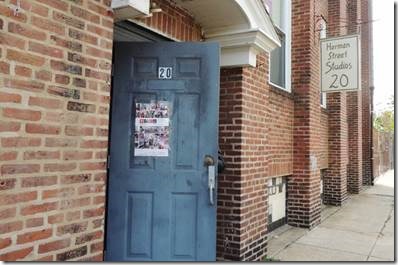



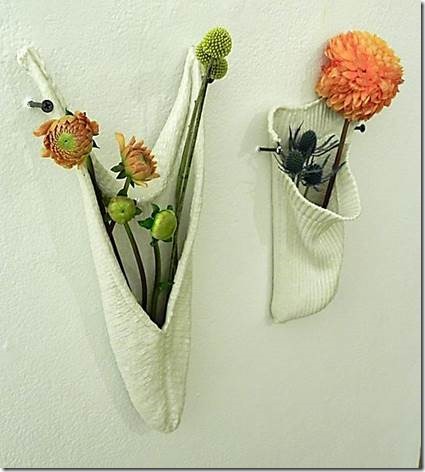



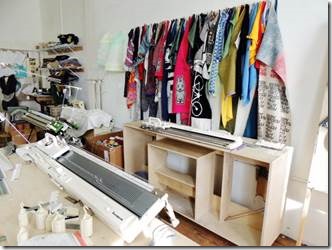

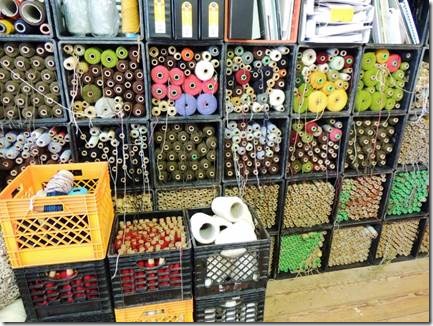
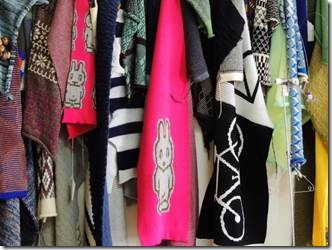
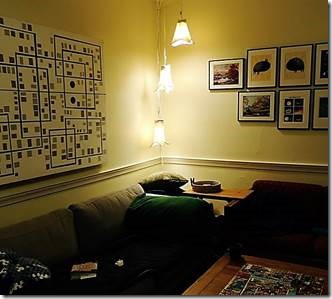
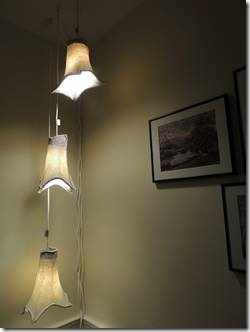
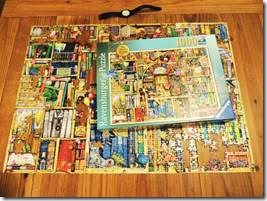
















![clip_image001[5] clip_image001[5]](http://www.mydoramac.com/wp-content/uploads/2014/11/clip_image0015_thumb.jpg)
![clip_image002[5] clip_image002[5]](http://www.mydoramac.com/wp-content/uploads/2014/11/clip_image0025_thumb.jpg)
![clip_image003[5] clip_image003[5]](http://www.mydoramac.com/wp-content/uploads/2014/11/clip_image0035_thumb.jpg)
![clip_image004[5] clip_image004[5]](http://www.mydoramac.com/wp-content/uploads/2014/11/clip_image0045_thumb.jpg)
![clip_image005[5] clip_image005[5]](http://www.mydoramac.com/wp-content/uploads/2014/11/clip_image0055_thumb.jpg)
![clip_image006[5] clip_image006[5]](http://www.mydoramac.com/wp-content/uploads/2014/11/clip_image0065_thumb.jpg)
![clip_image007[5] clip_image007[5]](http://www.mydoramac.com/wp-content/uploads/2014/11/clip_image0075_thumb.jpg)
![clip_image008[5] clip_image008[5]](http://www.mydoramac.com/wp-content/uploads/2014/11/clip_image0085_thumb.jpg)















